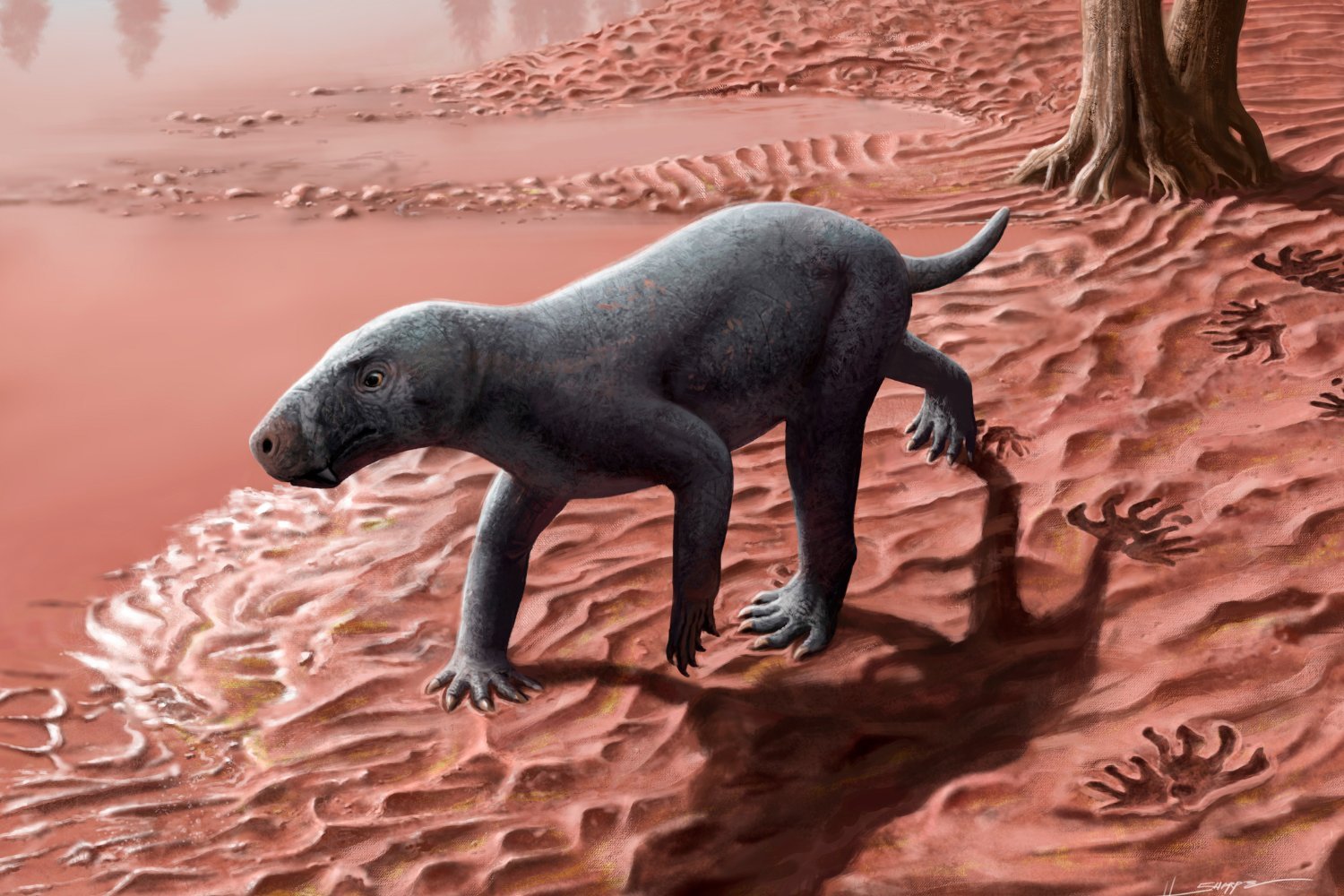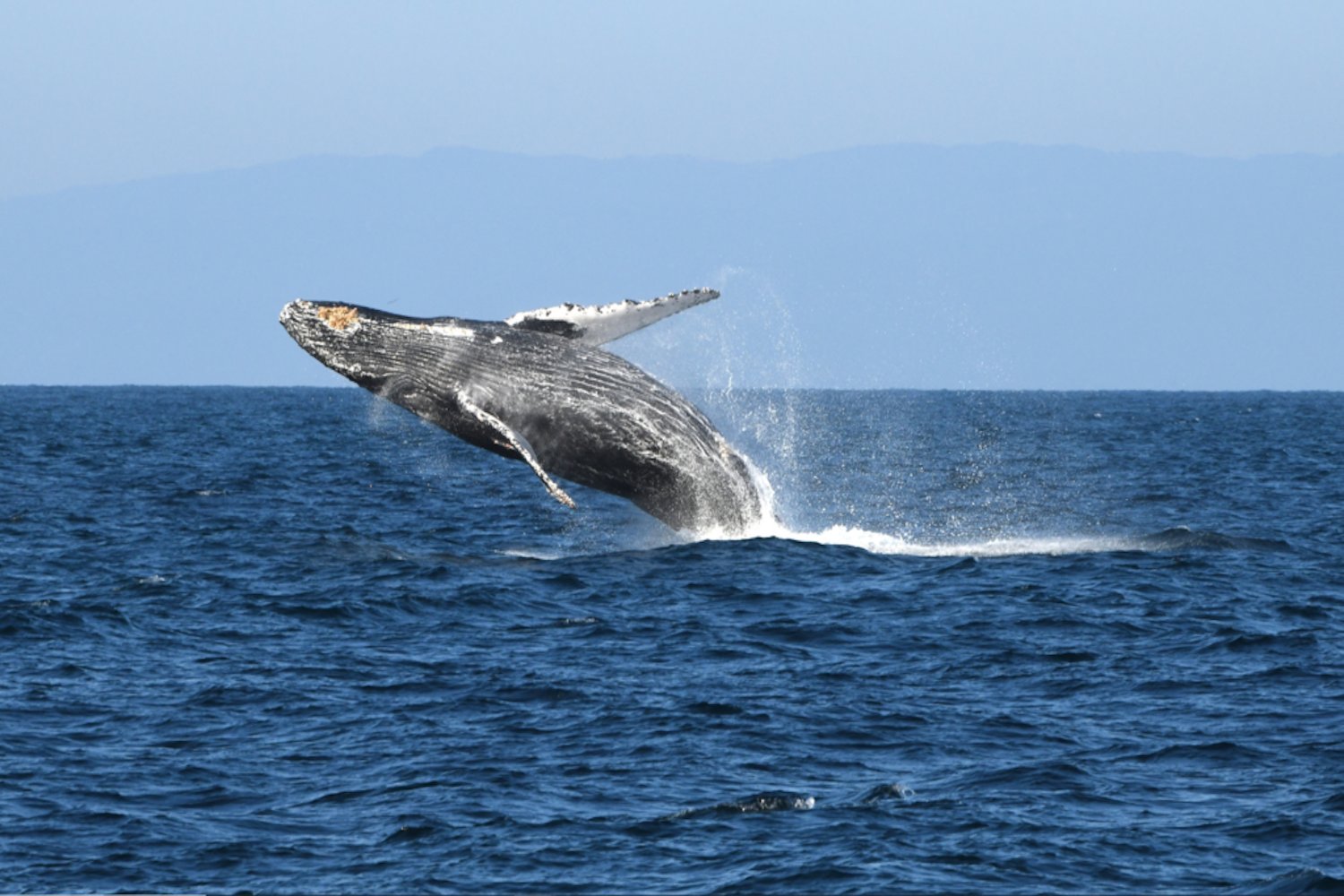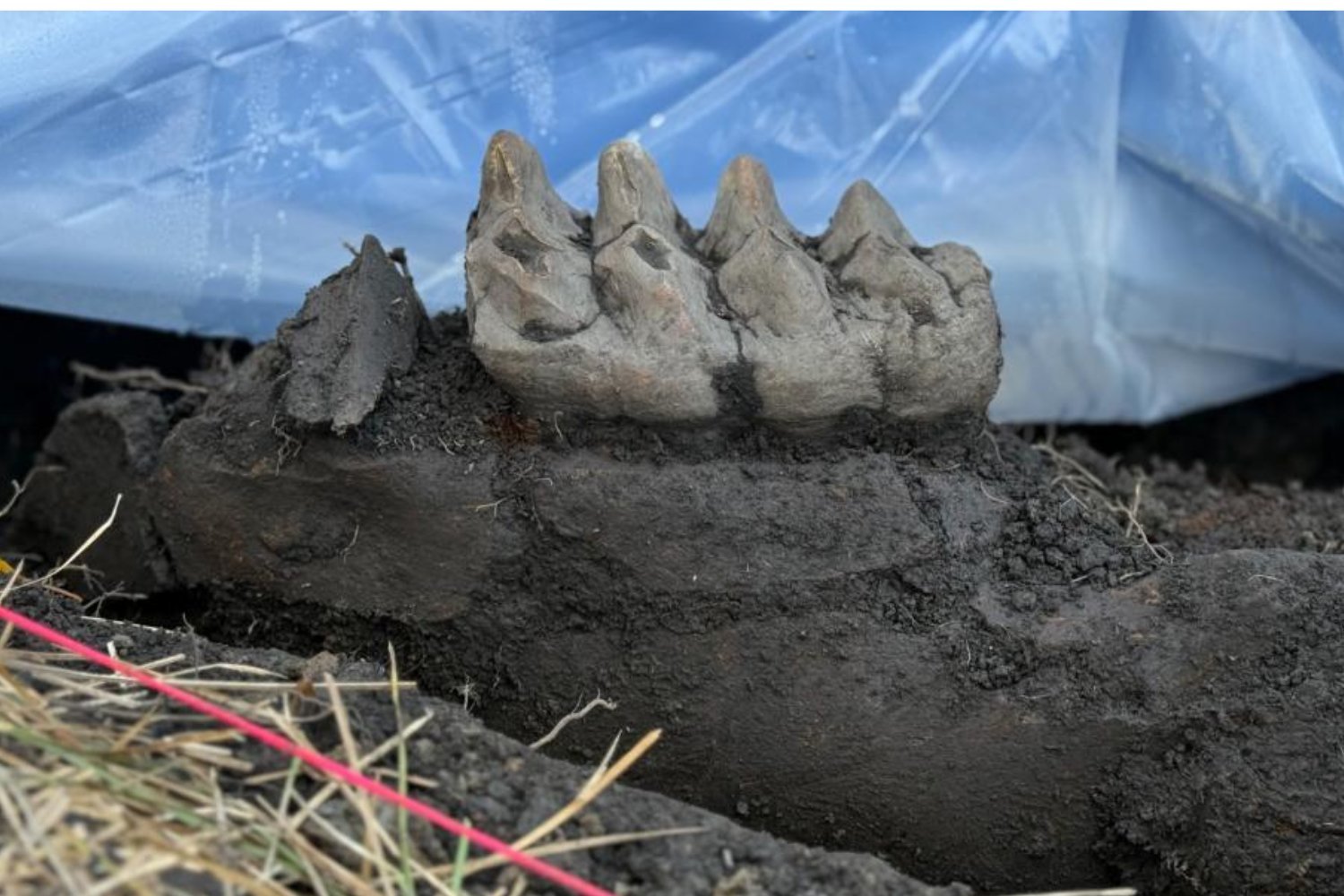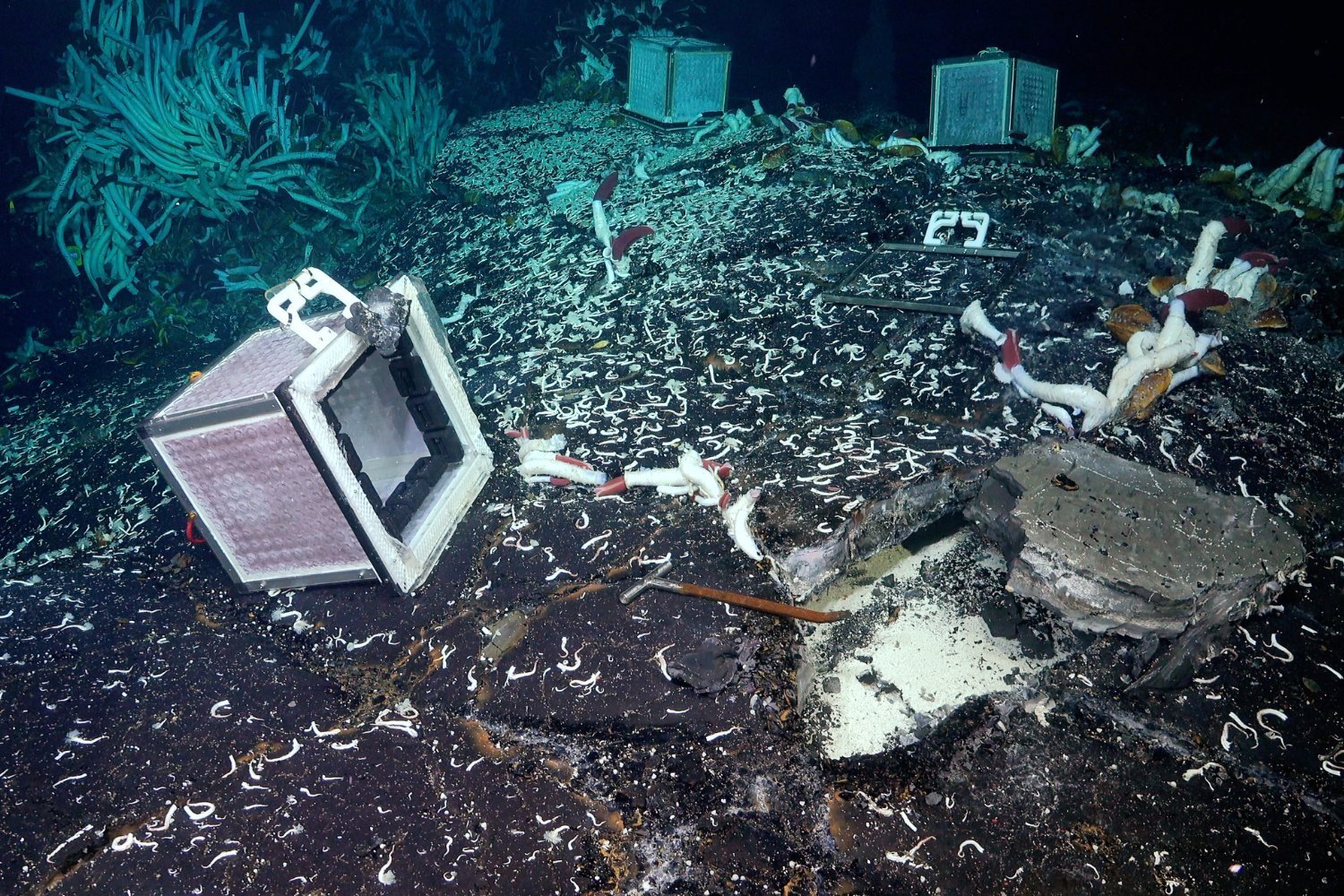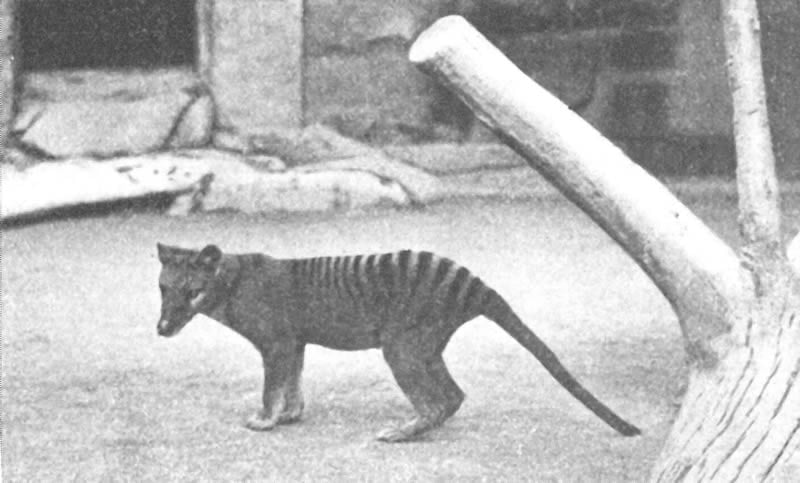The evolutionary journey of mammals remains partially obscured, with each fossil discovery offering a chance to rewrite the narrative. A recent find on the Mediterranean island of Mallorca challenges existing theories about the timeline and geographic origin of our mammalian forebears.
Paleontologists have unearthed the oldest known mammal ancestor from a collection of fossilized bones on Mallorca, a Spanish island in the Mediterranean Sea. The creature, a gorgonopsian, is an approximately 280-million-year-old saber-toothed predator that predates modern mammals. This discovery, published in Nature Communications, significantly impacts our understanding of the early evolution and distribution of mammalian ancestors.
The popular perception links the rise of mammals to the dinosaur extinction event 66 million years ago. While it’s true that the Chicxulub asteroid impact eliminated roughly 75% of Earth’s species, including all non-avian dinosaurs, paving the way for mammalian dominance, the roots of mammalian life extend far deeper into the past. Key evolutionary divergences led to the development of vertebrates with distinct skeletal features, setting the stage for the mammalian lineage.
Unraveling the Gorgonopsian Puzzle
The newly discovered specimen is incomplete, consisting of vertebrae, ribs, a leg bone, and skull fragments. This limits the researchers’ ability to identify the animal beyond its classification as a gorgonopsian. However, its age, estimated at least 270 million years old, makes it the oldest gorgonopsian discovered to date. To put this in perspective, dinosaurs wouldn’t emerge for another 25 million years, gaining prominence during the Triassic Period following the devastating Permian-Triassic extinction event.
Like mammals, gorgonopsians were tetrapods—four-legged vertebrates—belonging to a group of synapsids called therapsids.
“A substantial gap exists in the therapsid fossil record, between their predicted evolutionary emergence based on synapsid relationships and their actual appearance in fossil evidence,” explains Josep Fortuny, a paleontologist at the Institut Català de Paleontologia Miquel Crusafont in Spain and senior author of the study. “This new specimen helps bridge that gap.”
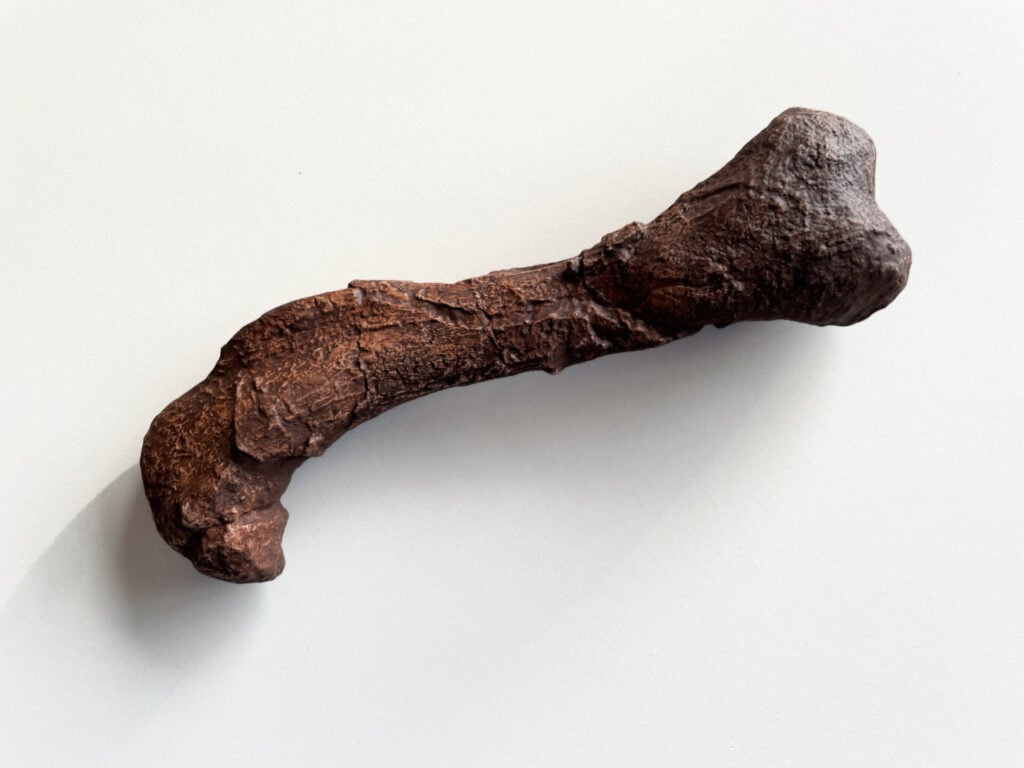 A gorgonopsian femur.A gorgonopsian femur provides crucial evidence of this ancient predator. (Photo: Anna Solé / Institut Català de Paleontologia Miquel Crusafont)
A gorgonopsian femur.A gorgonopsian femur provides crucial evidence of this ancient predator. (Photo: Anna Solé / Institut Català de Paleontologia Miquel Crusafont)
Geographic Significance of the Discovery
“Our finding is particularly relevant for two reasons: firstly, it represents the first gorgonopsian discovered in low latitudes,” Fortuny states. Previous gorgonopsian discoveries were confined to higher latitudes, such as Russia and South Africa. During this period, the Earth’s landmasses were united in the supercontinent Pangea, with Mallorca situated near its center.
Close up of the gorgonopsian femur from Mallorca.Detailed view of the gorgonopsian femur discovered in Mallorca. (Photo: Anna Solé / Institut Català de Paleontologia Miquel Crusafont)
Implications for Mammalian Origins
“Secondly, and even more importantly, it’s the oldest known gorgonopsian globally,” Fortuny emphasizes. “Discovering the oldest gorgonopsian in the Mediterranean region suggests an equatorial origin for this group.” The fossil was unearthed in what was once an ancient floodplain in central Pangea, a watering hole for mammalian precursors and other creatures.
Mammals are the only surviving synapsids. This study illuminates the early stages of four-legged vertebrate evolution, raising questions about the precise location and reasons for our ancestors’ emergence on the Pangaean supercontinent. While specimens like this gorgonopsian offer valuable insights into our origins, a comprehensive understanding remains a distant goal.
A Window into the Past
The Mallorca gorgonopsian provides a crucial glimpse into the ancient world and the complex evolutionary history of mammals. Further research and discoveries will undoubtedly continue to refine our understanding of these fascinating creatures and their role in the development of life on Earth.



